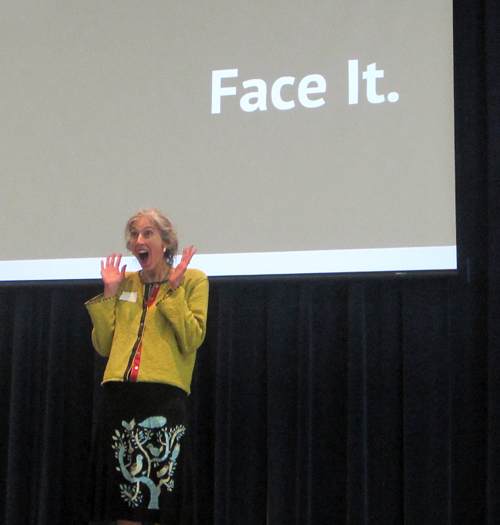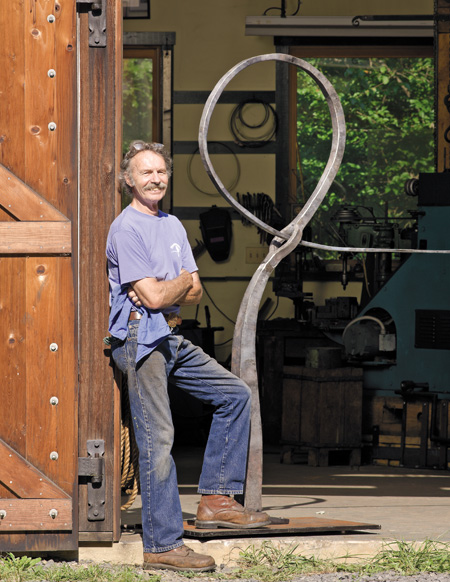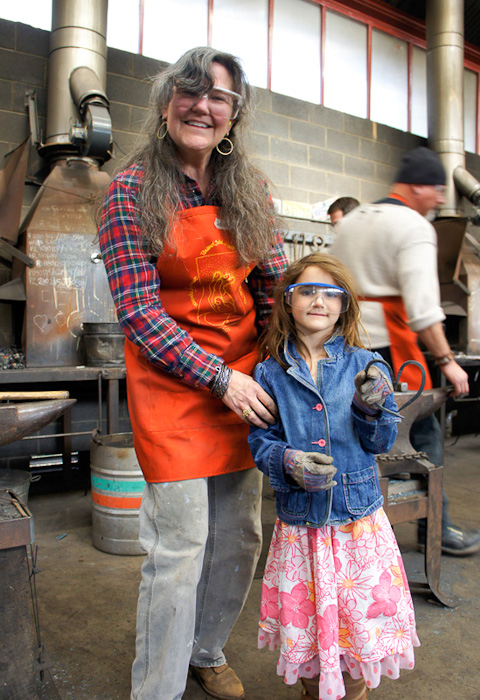A Report from Penland Community Collaborations
By Shannon Moon

A 2011 survey by the U.S. Census Bureau ranked North Carolina the 10th poorest state in the Nation. That same year, a Huffington Post article identified North Carolina as having “one of the lowest median incomes in the country.” Also in 2011, as in previous years, the North Carolina Department of Commerce designated Mitchell County, where Penland is located, as Tier 1, meaning it is among the 40 most distressed counties in North Carolina.
With our Community Open House, Teaching Artist Initiative, and other projects, Penland’s Community Collaborations program reaches out to over 1500 local children and families. As part of our effort to better serve Mitchell County, Community Collaborations Staff recently attended the workshop “Serving Children Living in Poverty,” hosted by Communities in Schools North Carolina and Mayland Community College. With over 40 participants including educators, social service providers, members of the justice system, and more, the seminar brought together a broad range of perspectives and a wide reach into our local community.
The seminar shared important truths, some obvious, some inconspicuous, about poverty, because we can only begin to effectively engage with families living in poverty if we first understand what that means.
Poverty does not only create issues of hunger and shelter, but also shifts the way a person thinks, interacts with the world, and communicates. Living in poverty fosters a survival mentality, diverting attention from planning for future opportunities to addressing the immediate crises at hand, like ‘how am I going to fill the gas tank to drive to work?’ or ‘where am I going to get the money to feed my children?’ This can make it challenging for even the best-intentioned of neighbors to offer assistance in respectful and effective ways.
Walking away from the workshop, we all agreed that better understanding our neighbors is the first step to helping in our community. The second step, then, is building positive relationships with them.
Penland’s Community Collaborations Program and Teaching Artist Meg Peterson have worked with Mitchell County Schools, incorporating art into the classroom, for over 10 years. This summer we are excited to work with the Mitchell County organizations Communities in Schools and Service Center for Latinos to provide mentorship opportunities for students with English as a second language. We will also be working with Communities in Schools to partner with a local school where Penland staff and community members can mentor students living in challenging situations.
Here are a few things we learned that anyone can do to help:
– You can be a consistent and stable role model. Investigate local opportunities to volunteer as a mentor in schools or after-school programs. Students who’ve had limited opportunities can have their perspective broadened by conversations with a mentor.
– Pay attention and try to be aware of what is going on with the people around you. Someone you know may be living in poverty, and there may be a simple way for you to reach out to them, like offering to share a ride to work.
– Seek and share knowledge. A good starting place is with books like A Framework for Understanding Poverty by Ruby K. Payne, Bridges Out of Poverty by Ruby K. Payne, Philip E. DeVol, and Terie Dreussi Smith, and the PBS project People Like Us: Social Class in America. Share information with friends and neighbors about local services and resources.
– Be patient and persistent. While free resources might seem like a golden opportunity to those used to having them offered, people living in poverty are often forced to live in survival mode and don’t always have the luxury of planning for and seeking out opportunities for advancement. Offering someone a hand multiple times gives them the choice to take action when they are ready.
– If you’re local and want to get involved, contact communityeducation@penland.org for more information.



